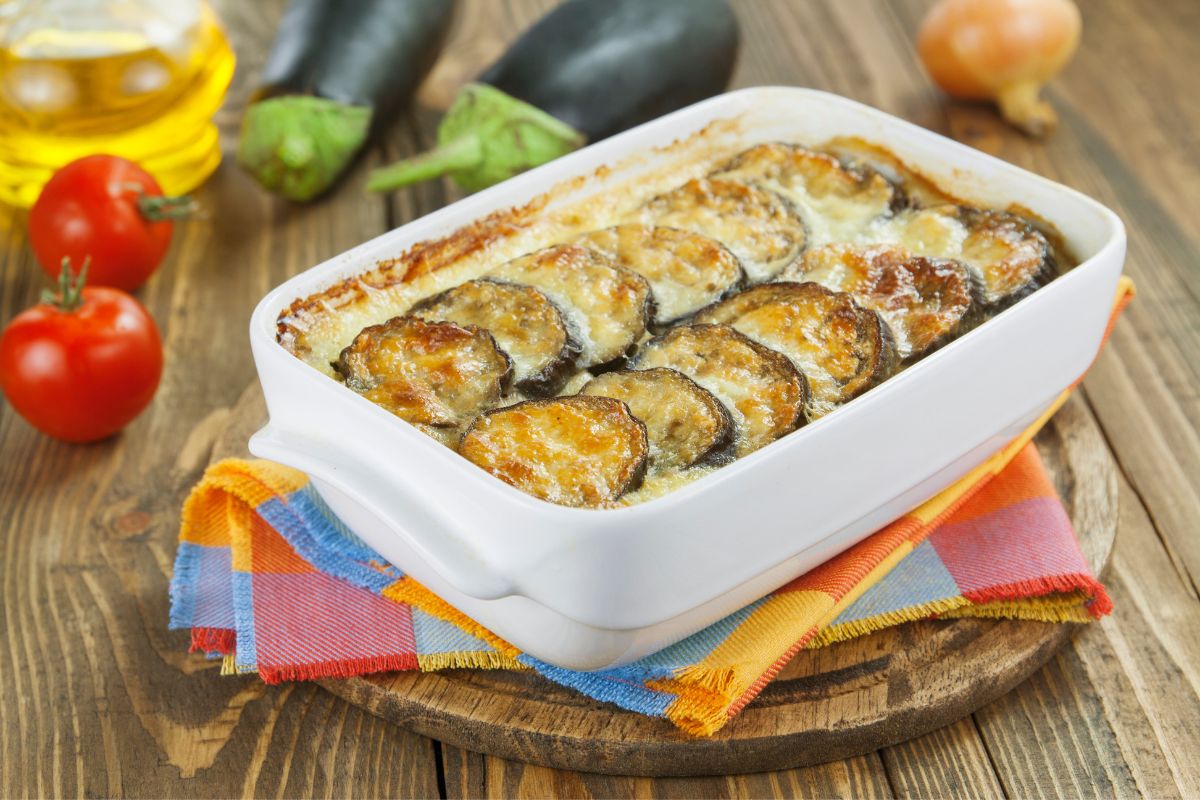Spanish CUISINE AND OLIVE OILS.
Spanish cuisine is typically down-to-earth, simple food that embraces ingredients produced locally or regionally. The mountainous terrain the natural dissects Spain historically made transportation difficult between regions, as a result, cooking styles, flavours and traditions can often differ region to region
One thing that is common to most of Spain however, is that methods and ingredients haven’t changed for hundreds of years, staying true to Roman and Arabian influences, while adopting elements of European and American cuisine, adapted of course to match Spanish tastes.
The one thing you can be sure of when it comes to Spanish food is that it will be fresh, abundant, and full of flavour!
Spanish olive oil: A celebration of variety
Spain produces more olive oil than any other country in the world and is responsible for over 40% of the worlds Olive Oil. This prominence within the arena of olive oil production isn’t new, however, with olive oil production in the country dating back as far as the second millennium B.C., evidenced by archaeological evidence of olive oil trade being conducted with the Roman Empire.
Unfortunately, for a long time Spain wasn’t recognised for its olive oil production in the same way as it’s Italian or French counterparts, as a large proportion of it was exported in bulk and rebottled in other countries, often passing the oil of as their product.
More recently, however, Spanish olive oil producers have begun to bottle and export their oil using their brands and as a result, can promote their wide range of oils and the various flavours and unique qualities that they are known for.
Spanish OLIVE OIL regions
Spain boasts a plethora of olive oils thanks in part to the variety of microclimates, traditions and differences in locally grown ingredients.
One example is the Picual variety of olive, characteristic of the mountainous regions of Granada. The olive oil produced using this olive is sweet with a light, bitter flavour. While in comparison, the Hojiblanca variety of olives from Málaga produce a sweeter olive oil, with a lighter, spicy flavour.
Here’s a breakdown of Spain’s olive oil-producing regions:
Andalucia
Andalucian is a southern region of Spain that is responsible for approximately 75% of Spain’s total olive oil production, and is composed of eight provinces; Almería, Granada, Jaén, Córdoba, Málaga, Seville, Cádiz, and Huelva.
Typically Andalucia enjoys a Mediterranean climate, with hot, dry summers, winters with mild temperatures, but covers an extensive and varied area that includes desert-like and mountainous terrain and a range of weather conditions. Of note though, is the 3000 hours a year of the sun that many of the provinces enjoy, providing perfect olive crop growing conditions.
The Andalucian region cultivates a range of olives used in the production of oil are: Picual, Hojiblanca, Lechín, Verdial and Picudo.
Castilla – La Mancha
Located in Spains central peninsular, south of Madrid, The Castilla – La Mancha region produces just under 15% of Spains’ olive oil. The region is composed of five provinces, from north to south: Guadalajara, Cuenca, Toledo, Ciudad Real, and Albacete.
The production of olive oil is concentrated in the provinces of Toledo and Ciudad Real in the south-east, where the Cornicabra variety of olive oil is cultivated. Although in the southern region bordering Andalucia there are small areas that cultivate the variety known as Picual.
Extremadura
The Extremadura region is located in the southeast of Spain, bordering Portugal and is responsible for roughly 6% of Spain’s olive oil production.
Composed of two provinces, Caceres in the north and Badajoz in the south, Extremadura has hot summers and warm winters. This continental climate helps olive oil production throughout the region.
Extremadura is known for the cultivation of Cornicabra, Carrasqueña and Morisca olives.
Catalonia
The Catalonian Community sits on Spain’s northeasterly corner and produces approximately 4% of the total olive oil produced in Spain.
The region is composed of four provinces, beginning in the northeast: Gerona (Girona), Barcelona, Lérida (Lleida) and Tarragona.
Olive oil production extends throughout the western region, bordering Aragón, where the types of olives cultivated produce the Fraga, Empeltre and Arbequina varieties of olive oil.
Others: Aragón, Valencia…
Although other regions, such as Aragón and Valencia, produce olive oil, they are collectively responsible for about 1% of Spanish olive oil.
The types of olives cultivated in these areas are Blanqueta, Fraga, Empeltre and Arbequina.
The Result
Boasting more than 250 varieties of olive oil from over 20 origin control zones (similar to wine control regions), what Spanish olive oil really offers is variety. Typically more golden in colour with a nuttier flavour than it’s Italian or French counterparts, that lean towards a darker or more green hue with a noticeably grassy or herbal aroma.
Products
Showing the single result






